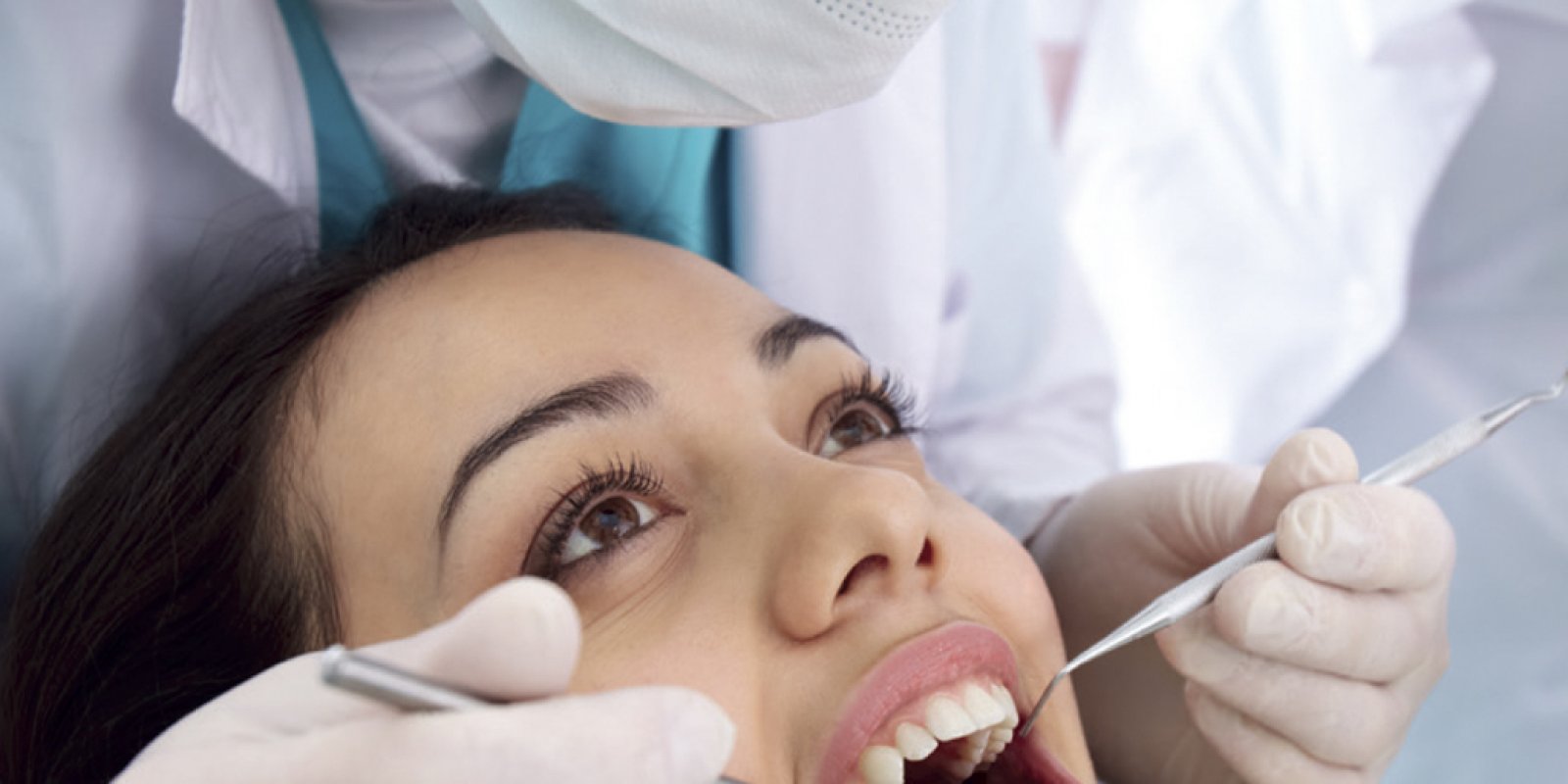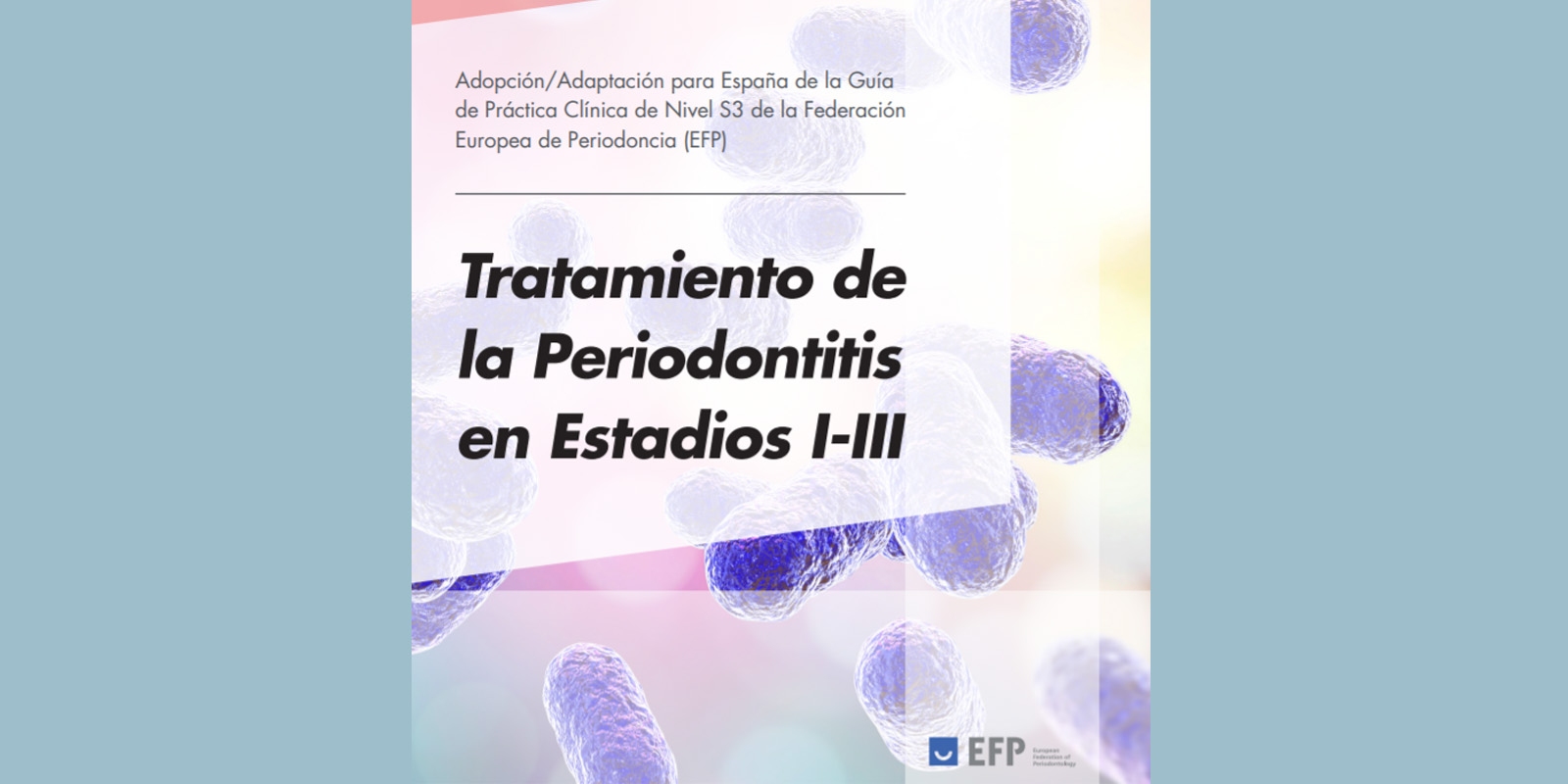DENTAID EXPERTISE
News for dentistry professionals
SITUATION OF ORAL CANCER IN SPAIN. THE ROLE OF THE DENTIST IN PREVENTION

Oral cancer is among the ten most common cancers worldwide. Malignant tumours in the oral cavity account for 4% of all malignant tumours, and of that 4%, 90% is oral squamous cell carcinoma, the most common cancer of the head and neck(1).
PREVALENCE
Prevalence varies depending on the geographical area analysed, being higher in Asian countries (up to 25%-30% of all tumours), while in the United States or Europe it is only 2%-4%. The incidence in Spain is between 5.7 and 12.9 cases per 100,000 men/year and 0.6 to 2.1 cases per 100,000 women/year, with an estimated 5,000 new oral cancer patients in Spain in 2016, causing 1,200 deaths(2).
By and large, oral cancer has in the past been predominantly male; however, due to the increasing numbers of female smokers, this ratio has gradually been declining. There has also been an increase in occurrence among younger women not directly related to smoking. As far as age goes, despite being a tumour whose onset is, on average, most prevalent in those aged 50 years and over, in recent years the number of cases in patients of 40 years and under has increased(3).
AETIOLOGY
Although the aetiology of oral cancer remains unknown, there are a number of carcinogenic risk factors favouring the appearance of mutations in the DNA of keratinocytes and leading to oral cancer.
The two main risk factors involved in the origin of these mutations are smoking and drinking, so that the synergy between the two results in an increased risk of up to 13 times that of non-drinkers and non-smokers(4).
Similarly, diet is considered a factor influencing the disease, with an antioxidant-rich diet having a beneficial effect. The prior existence of lesions may also be involved in the aetiopathogenesis of oral cancer. Such lesions are characterised by structural alterations of the mucosal epithelium with a considerable tendency to malignancy, and are considered potentially malignant oral disorders. Of these, leukoplakia and erythroplakia stand out due to their frequency and rate of malignant transformation.
SURVIVAL RATE
The survival rate for oral cancer after five years is 50%-60%, with no significant increase in recent years despite the considerable progress and improvement in the various therapeutic techniques. These low survival rates are due to the delay in the detection of cancerous lesions, leading to the diagnosis in 60% of the cases at an advanced stage. Therefore, early diagnosis at initial stages currently remains the primary objective in the treatment of these patients(5).
ROLE OF THE DENTIST IN PREVENTION
The role of the dentist in the prevention of oral cancer is of great importance, in education, early detection, diagnosis and management of patients with oral cancer.
Primary prevention (encouraging a healthy lifestyle)
It is estimated that up to 80% of new cases of oral cancer could be avoided if smoking were eliminated and drinking reduced, thus decreasing the risk by up to 35% 1-4 years after having quit smoking and 80% after 20 years. A proper diet including fruits and vegetables has also been associated with a significant decrease in the risk of developing oral cancer.
Dentists should thus encourage their patients to adopt a healthy diet and cut out the consumption of toxins(3).
Secondary prevention (early diagnosis of oral cancer)
The prognosis and the survival rate change radically with early diagnosis, since early stages (stages I and II: those in which there are no cervical metastases and the size of the lesion is less than four centimetres) show a high survival rate of up to 75% after five years, while in advanced stages (stages III and IV with lesions larger than four centimetres and/or cervical lymphadenopathy or distant metastases) the prognosis worsens dramatically, with an average survival rate of 20%-30% after five years.
Systematic examination of the oral mucosa should therefore be part of all routine dental examinations, identifying any suspected incipient malignant lesions(5)(6):
- Potentially
malignant lesions, such as red or white patches on the mucosa in the oral cavity
(leukoplakia and erythroplakia) that persist for over three weeks after the
possible causal agent is removed.
- Ulcerations
of the mucosa in the oral cavity and oropharynx that persist for over three
weeks after the possible causal agent is removed.
- Rapidly
growing lesions, with indurated or everted edges.
- Oral
swelling persisting for over three weeks.
- Unexplained tooth mobility not associated with periodontal disease.
Tertiary prevention (managing treatment sequelae)
Oral health specialists also play an important role at this stage, since patients diagnosed and treated for oral cancer will require monitoring to prevent recurrence or the onset of new primary tumours, as well as procedures to reduce treatment-related morbidity: treatment of mucositis, prevention of tooth decay, tooth extractions prior to radiation therapy, oral rehabilitation, etc.
CONCLUSION
Early diagnosis remains an essential task for dentists in the management of patients with oral cancer, as it significantly increases their chances of recovery, helps avoid the need for radical treatment and improves patients’ quality of life.
Bibliography
REFERENCES
(1) Ferlay J,
Steliarova-Foucher E, Lortet-Tieulent J, Rosso S, Coebergh JWW, Comber H,
Forman D, Bray F. Cancer incidence and mortality patterns in Europe: Estimates
for 40 countries in 2012. Eur J Cancer 2013; 49 (6): 1.374-1.403.
(2) El desafío de las
enfermedades bucodentales – Una llamada a la acción global. Atlas de Salud Bucodental. 2ª ed.
Ginebra: Federación Dental Internacional (FDI); 2015.
(3)
Warnakulasuriya S. Living with oral cancer: epidemiology with particular
reference to prevalence and life-style changes that influence survival. Oral
Oncol 2010; 46 (6): 407-410.
(4) Hashibe
M, Brennan P, Chuang SC, Boccia S, Castellsague X, Chen C, y cols. Interaction
between tobacco and alcohol use and the risk of head and neck cancer: pooled
analysis in the International Head and Neck Cancer Epidemiology Consortium.
Cancer Epidemiol Biomarkers Prev 2009; 18 (2): 541-550.
(5) Bagan JV. Medicina y
patología bucal. Valencia:
Medicina Oral SL; 2013.
(6) Scully C,
Sciubba JJ, Bagan JV. Oral mucosal precancer and cancer: A helpful
discriminating clinical tool. Med Oral Patol Oral Cir Bucal 2015; 20 (5):
e587-590.
RELATED ARTICLES

17 Feb 2022
EuroPerio Series: professional discussions and scientific exchange
To keep the global perio community up to date with the latest research findings as well as give a taster of what is to come at EuroPerio10, the…

21 Jan 2022
Xerostomia in COVID-19 positive patients: clinical considerations
Severe Acute Respiratory Syndrome Coronavirus 2 (SARS-CoV-2) the cause of the pandemic known as COVID-19, affects different organs and systems (lungs,…

20 Jan 2022
A guide adapted to Spain to optimise the approach to periodontitis
There are currently numerous clinical practice guidelines to direct the treatment of many systemic diseases (such as diabetes, depression,…
Sign up for the DENTAID Expertise newsletter
Sign up for the newsletter